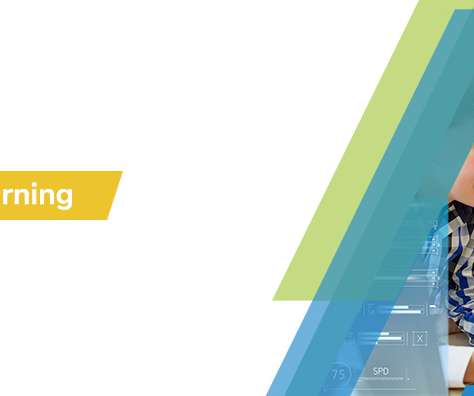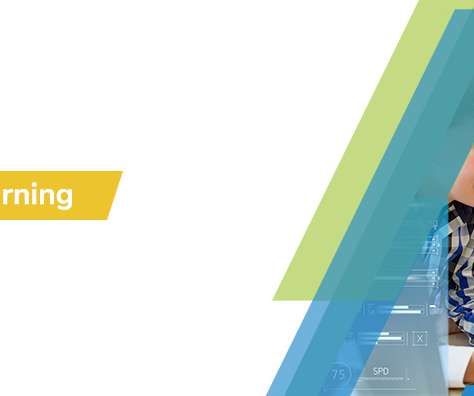Redefining the Taxonomy of eLearning
CommLab India
APRIL 13, 2017
This classification, which divided the cognitive domain into six categories (a set of nouns or cognitive processes), with each representing a cognitive skill level and activity, continues to be one of the most universally applied methods of organizing thinking skills, from the most basic to higher order levels.





















Let's personalize your content